Overview of JPEG LS

JPEG LS was defined to address the need for effective lossless and near-lossless compression of continuous-tone still images. This standard can be broken into two parts: ISO/IEC 14495-1:1999 | ITU-T Rec. T.87 (1998), defining the core technology and ISO/IEC 14495-2:2003 | ITU-T Rec. T.870 (03/2002), containing the extensions. JPEG LS is especially suited for low-complexity hardware implementations of very moderate complexity, while at the same time providing state-of-the-art lossless compression performance.
JPEG LS currently includes the following parts:
Part 1: BaselineJPEG LS Part 1 specifies the core coding system of JPEG LS. |
Part 2: ExtensionsJPEG LS Part 2 specifies extensions to the JPEG LS core coding system. It includes additional lossless multi-component transformations, an arithmetic coding option and other improvements of the entropy coding mechanism. It also provides options for tuning near-lossless coding for optimal visual performance. |

